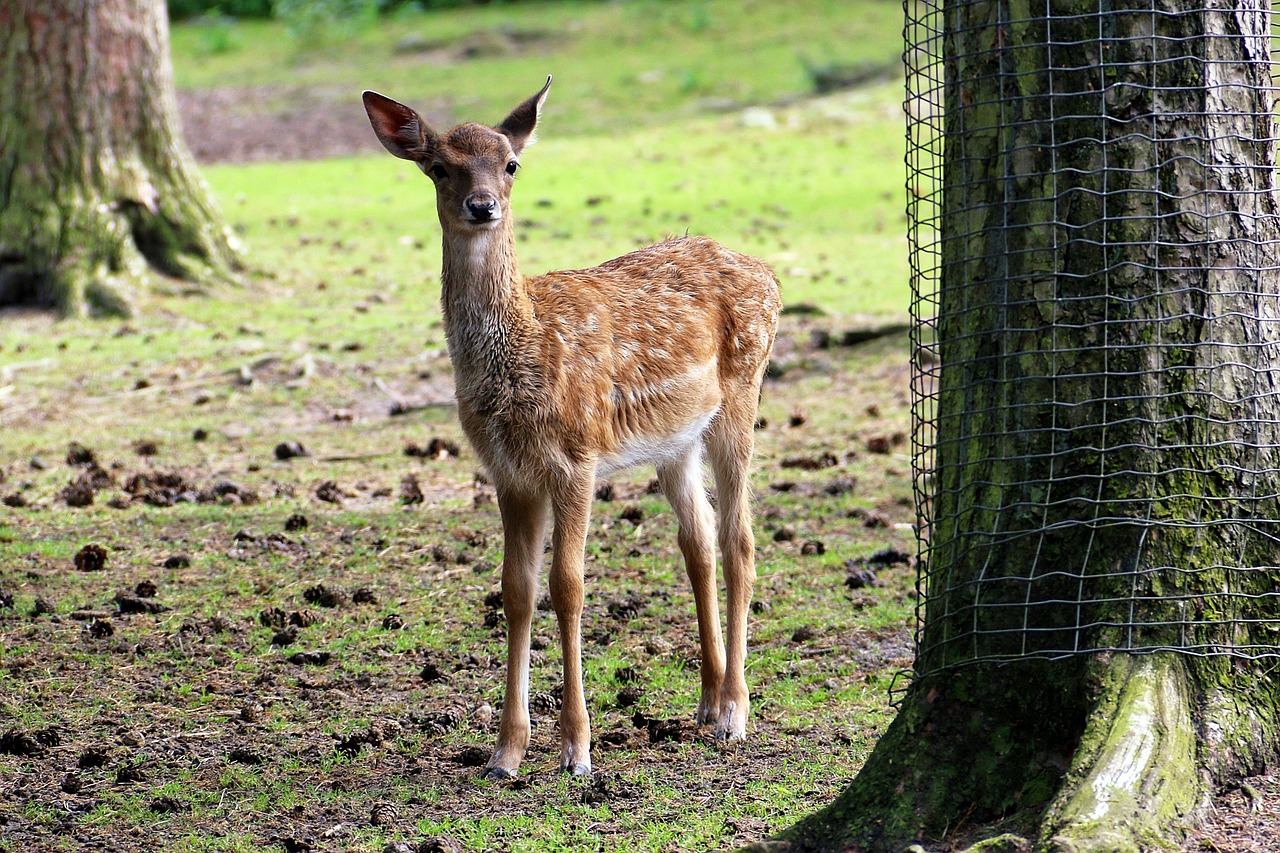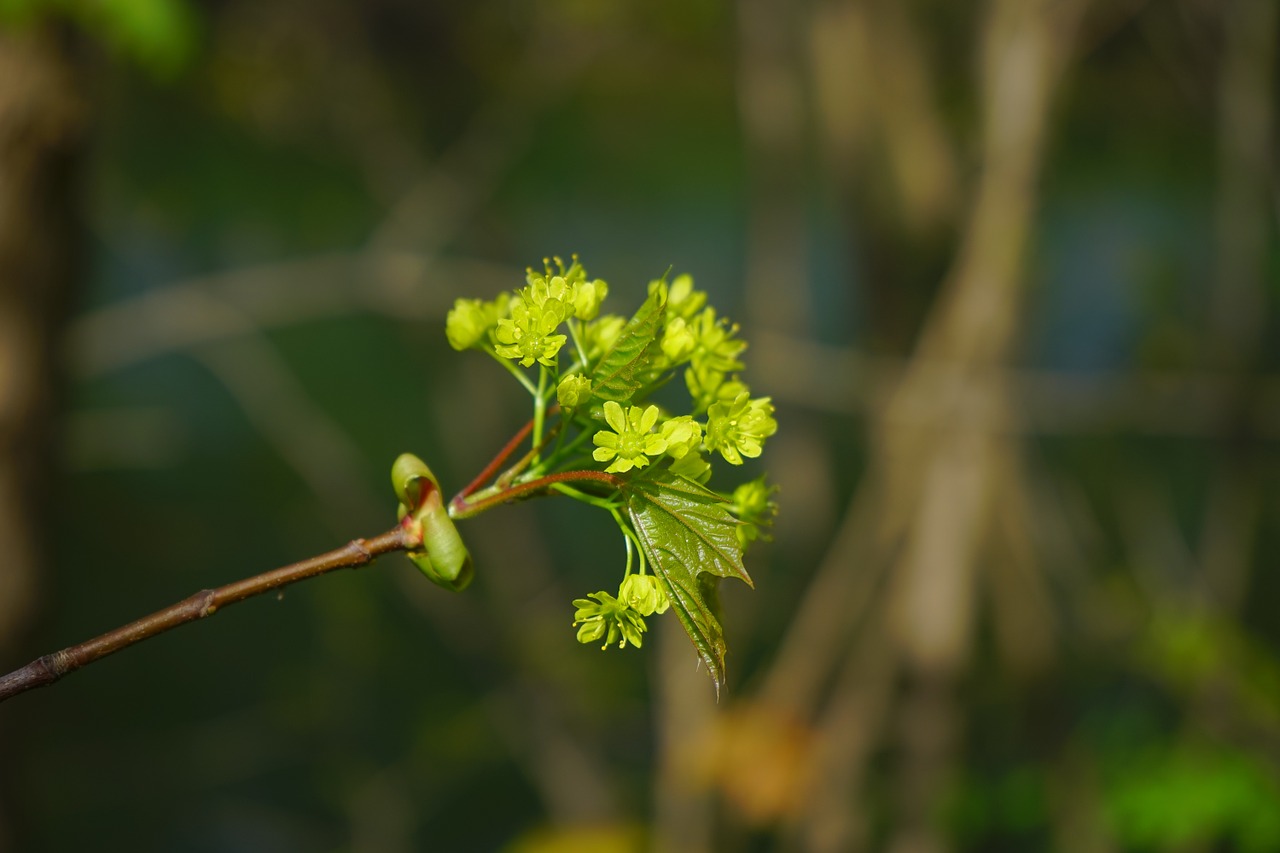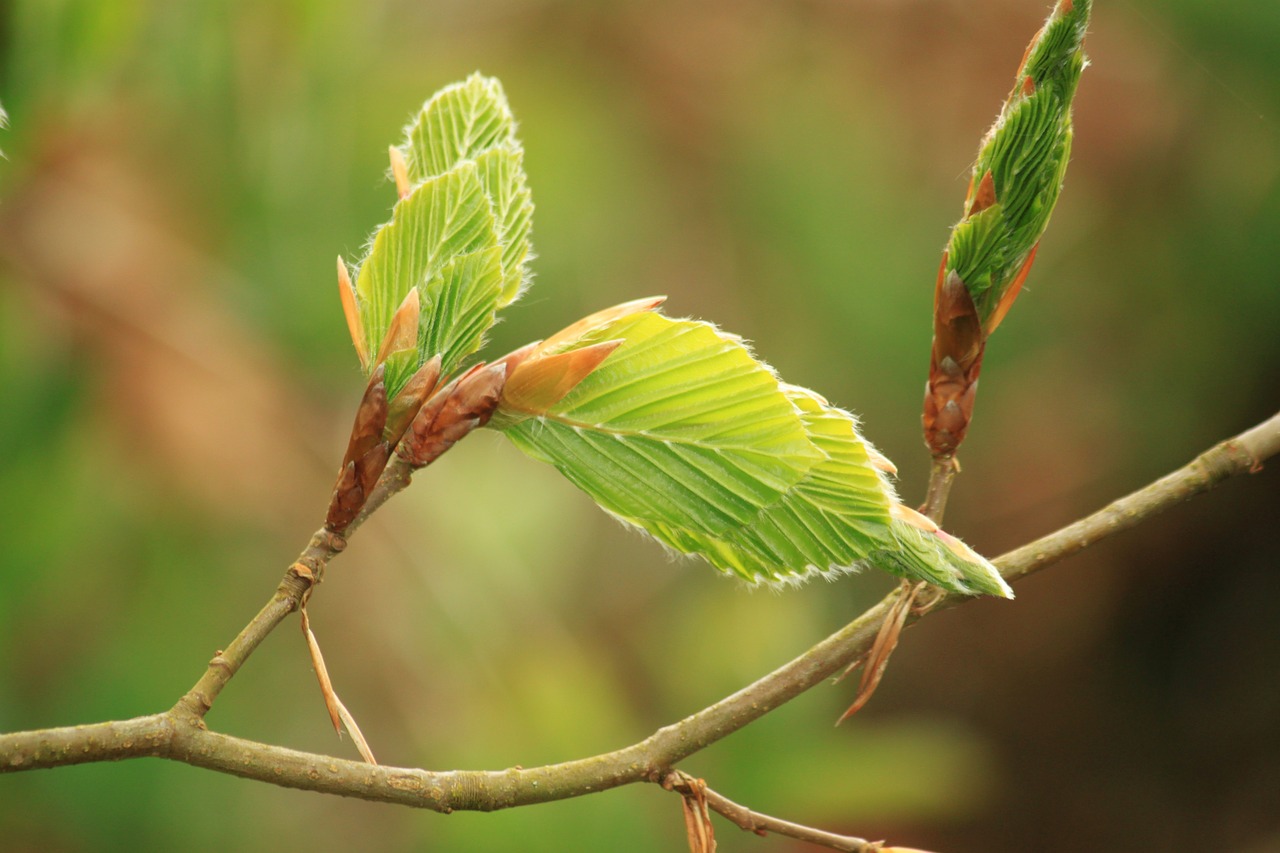Trees Fighting off Feeding Roe Deer
Personally, I don’t go around chomping down on trees, but we all know that wildlife can decimate large areas of trees affecting the wilderness and also our enjoyment of an area. Scientists have been looking into the situation and have discovered some interesting facts that could change how we plant forest.
According to a study completed by biologists from the Leipzig University and the German Centre for Integrative Biodiversity Research, trees are fighting back against roe deer, the behavior of which can seriously damage their growth.
Deer are known for their grazing habits in spring – nibbling off the new bright green shoots of trees, whether they are new trees shooting up or saplings putting out a fresh surge of spring growth.
As you can imagine, the bright green buds and shoots look tantalizingly delicious to the roe deer and are sitting right in their line of sight.
The gnawed saplings become stunted compared to those that haven’t been, and some may never reach adulthood and will die off after a few years. Roe deer can cause significant damage to a forest ecosystem and the future of deciduous trees that make up the canopy.

Scientists have studied two types of tree that have been affected by the deer – beech and maples – and have discovered that trees are not standing idly by, even though it may look that way to us.

Trees are able to recognize between a bud or branch that has been chewed away and one that has just been knocked off. They do this by recognizing the saliva of the roe deer, and this creates a chemical reaction in the tree.
As the deer feeds, the tree, in defense of its vulnerable buds and shoots, starts to increase the level of salicylic acid, which increases tannins and in turn makes the roe deer lose their appetite for the shoots and buds.
The young damaged saplings also increase their growth hormones so that the remaining buds are given a boost in growth to compensate for what is lost.

If a tree loses a bud or branch to an accident, it only produces wound hormones. The scientists reached their conclusions by pretending to be roe deer and outsmarting the trees. They simulated roe deer feeding by removing buds or leaves and trickling roe deer saliva onto the cut sections.
Soon after, they recorded the concentration levels of hormones and tannins in the sapling and compared it against a previous sample.
They will be investigating other trees that the roe deer target, hoping with this knowledge to be able to seed forests with trees that won’t be so negatively impacted by the deer. This will make a larger and more sustainable ecosystem with less damaged and dying trees.
If you have any comments then please drop us a message on our Outdoor Revival Facebook page
If you have a good story to tell or write a blog then let us know about it on our FB page. We’re also happy to receive article or review submissions and we’d love to hear from you.
We live in a beautiful world, get out there and enjoy it.
Outdoor Revival – Reconnecting us all with the Outdoors.





